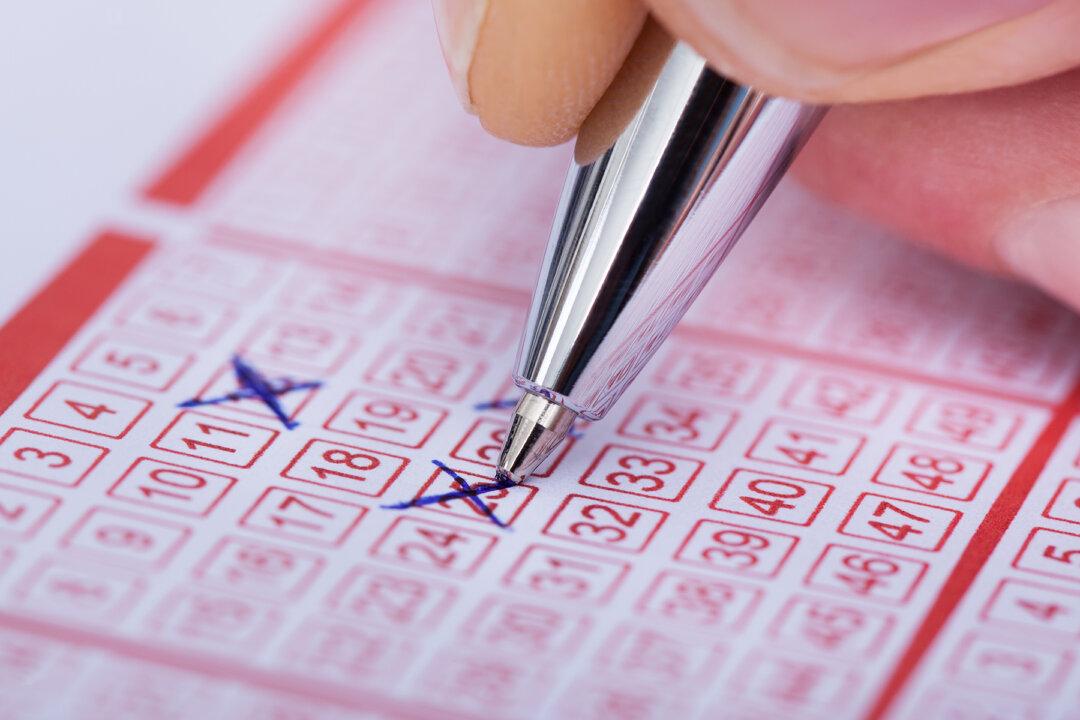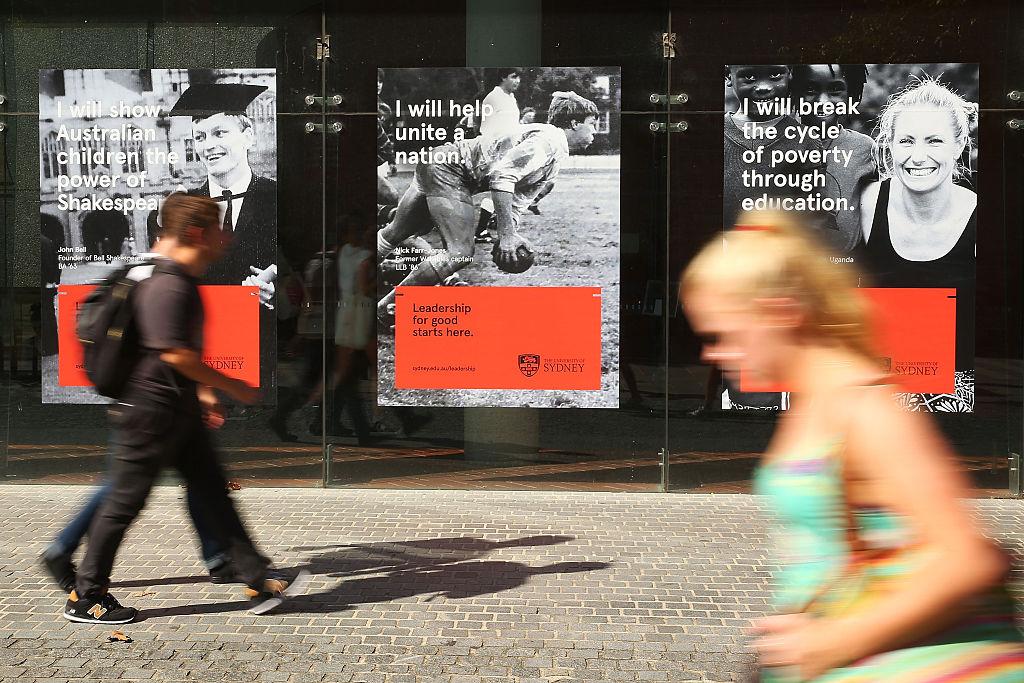Commentary
Dear Abby: My husband and I just had our eighth child. Another girl and I am really one disappointed woman. I suppose I should thank God that she was healthy. But, Abby, this one was supposed to have been a boy. Even the doctor told me the law of averages was in our favour 100 to one. —Disappointed WomanFrom the Roman philosopher, Cicero, through the Renaissance and right to the present day, priests, mathematicians, and scientists have devoted themselves to uncovering the laws of probability. Still, chance, risk, and odds remain mysteriously opaque to many people.
Consider the doctor who told Disappointed Woman that the odds against her eighth child being a boy were 100 to 1. Because there were only two equally likely outcomes—a girl or a boy—the actual odds were one to one.





